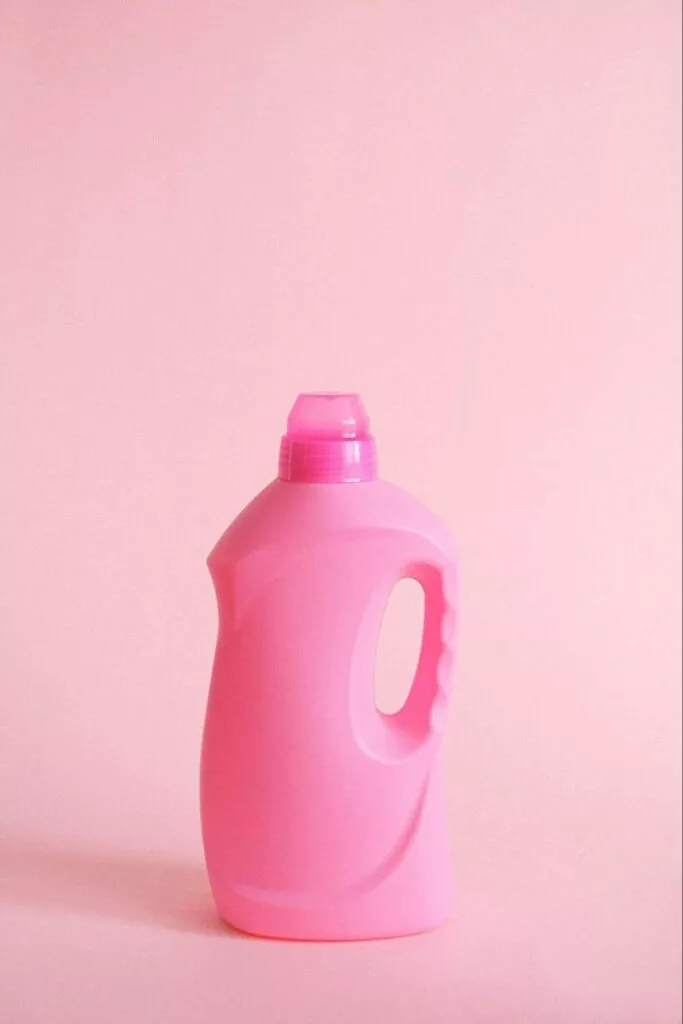Ergonomic Packaging Design: What to Keep in Mind
When it comes to product packaging, what’s on the outside can be just as important as what’s on the inside. Packaging safeguards products and markets them, but it should also provide form and function. For many consumers, the packaging is the first interaction they have with a brand that stands out on the shelves.
You can capture consumers’ attention through packaging with a good balance of aesthetics and ergonomic considerations. There is no one-size-fits-all approach to product packaging, and just because other brands are housing their products in a box doesn’t mean your brand has to conform. An innovative and ergonomic packaging could be the edge your product needs to rise above the competition.
What is Ergonomic Packaging?
Ergonomic packaging is designed to protect consumers from potentially handling a product inefficiently or ineffectively. Such a design also ensures that the packaging is intuitive to several human factors, such as ease of access to the product inside, the grip of the package, and size and form for interaction.
Generally, ergonomic packaging addresses several questions: How comfortable is it to lift, hold, and open? Is it an appropriate size and shape to fit the hand? How will it be stored and transported to the point of use?
Placing your brand’s target market at the core of product design and approaching it in an ergonomic perspective—visual, functional, and otherwise—can help develop a package that improves user experience.
Below are several conditions brands should make when designing custom packaging with ergonomics in mind.
- Use clear and visible clues in the packaging to indicate its functions.
As the team behind your product’s packaging design, you know what the lid is for and how to take it off neatly. Ensure that your customers know the purpose of the specific elements in your packaging and how to handle, open, remove, and dispense them properly.

The packaging itself must show and communicate well how customers should respond to it. The “open here” indicator above shows where customers should cut open the resealable container for easy storage. In other applications, you can put a “pull here” indicator on the tab to unbox the transit packaging or a “lift” to remove the lid of a food packaging.
Include visual and tactile pointers to assist customers when interacting with your product.
- Assess your target audience and adjust as you see fit.
The age of your target market requires special attention in package design. For instance, the elderly may have weaker hand strength, joint flexibility, and eyesight. These physical limitations can impact their ability to grip and lift products, pinch or pull closures, and read labels on the packaging. Additionally, young children may lack the strength to carry or squeeze products and pull and lift tags.
Design the packaging to suit the needs of your target consumers and make their experience interacting with your product hassle-free. This could mean increasing the font sizes, choosing readable typography, and using product finishes and materials that are practical for the intended users.
- Design packaging with handles suitable for the weight of the product.
For single-serve and bulk format packaging, pay attention to the package shape and how you want consumers to carry them. For example, is the product’s weight compatible with one-handed use? Will it require large power grip zones? Does the grip for your single-serve product have excellent finger dexterity precision?

Product containers for cleaning such as the bottle above present a balanced form factor that can be held in a comfortable dispensing position to prevent users from awkwardly positioning their wrists. You can also see this similar ergonomic design in other bulkier products, such as mayonnaise and ketchup bottles in gallon-sized containers.
- Consider the environmental factors.
Insufficient or defective packaging can often lead to environmental consequences and concerns. The packaging lifespan is relatively short, but it should provide value throughout—from containment to protection and delivery.
Another unique factor to consider when designing ergonomic packaging is the product storage environment; for instance, designing ergonomic packaging for frozen and refrigerated goods has more constraints. One way to package refrigerated goods while maintaining grip is the use of squeezable packaging, as this design allows the fingertips to wrap around the package.
- For items that require a grip, make sure surfaces have enough traction.
Items with round product packaging, such as bottles, cans, and jars, are difficult to grip, as are products with glossy or slippery packaging materials. For products with round or cylindrical housing, consider customizing the contact surfaces of the packaging to provide sufficient grip.

When brands provide a solution to the common minor inconveniences brought about by packaging, consumers are more likely to reach out for your products, especially people with restrictive needs.
- Do enough real-world tests to find out if your product passes ergonomics testing.
Real-life feedback and experiences from consumers provide valuable insights into research design and a product launch’s overall success. Enlist the help of a sample size group from your target audience to give feedback on your packaging options. Measure relevant metrics, such as appeal, quality, uniqueness, purchase intent, and design and convenience.
For instance, you can compare two different packaging designs of a mayonnaise product to determine which one was easiest to open and squeeze. Seeking feedback from the volunteers also helps determine if other changes can make the packaging more ergonomic and functional.
Ergonomic Packaging: Where Usability Meets Functional Design
Businesses must consider all factors, from customer experience to end-to-end supply chain, when making packaging decisions. Marketers and technical experts must be involved when creating packaging to design the most optimal housing for a product that also makes a good first impression on customers.
You can figure the best packaging design for your products with the help of packaging design professionals from Meyers Printing. Get in touch now to find out how you can turn your ergonomic packaging vision to life through professional printing solutions.

